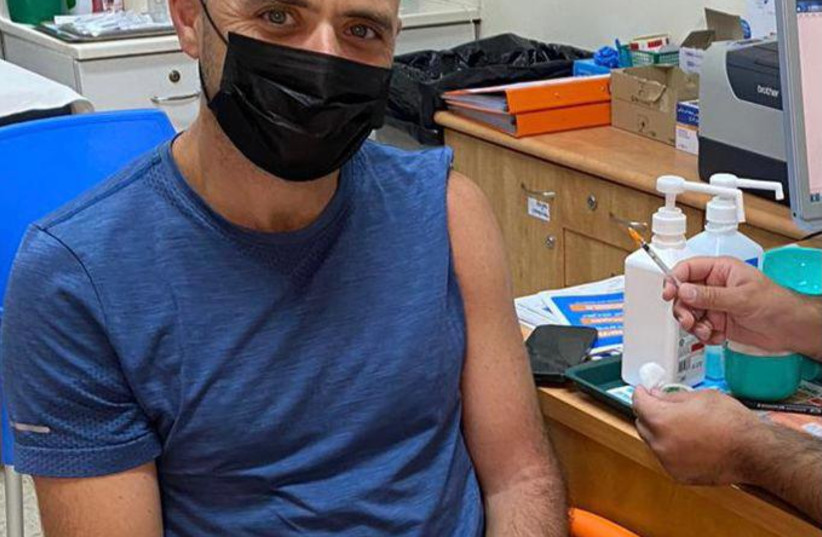My anger has been building for several months now. During this time, I have been subjected to a series of hypotheses, in no way supported by the facts, and these hypotheses – that the “Coronavirus vaccines are dangerous” and that “masks are useless” – endanger all of us.
As a scientist, I know how difficult it is to do “good” science. Good science starts with a hypothesis, tested by facts (observations). When a hypothesis is proven (by the facts), it is called a theory. The theory tells us what to expect, so long as certain conditions or underlying assumptions are true. None of the anti-vaxxers’ claims stand up to scrutiny.
In fact, the anti-vaxxers’ claims are so outrageous that I just want to scream. How did I get into this situation? A good scientist is open to positions that are contrary to his or her own, and our personal responsibility during this pandemic demands an open mind. I’ve kept such an open mind, listened to their arguments and they should and must be refuted.
As I’ve previously written, a convincing yet false argument often starts with a grain of truth. Consider the Vaccine Adverse Event Reporting System. After the vaccine trials, the system reported that about 6,000 people had died after receiving the vaccine. Although the report itself claims otherwise, anti-vaxxers state that all of these people died because of the vaccine. In other words, all other reasons for why people die on any particular day were ignored. Moreover, they claim that the numbers are – perhaps – just 1% of the actual number reported, meaning that 600,000 people have died from all types of the vaccine. If so, where are the dead?
The “Worldometer” graph shows that US coronavirus cases spiked in January 2021 but have since decreased substantially since the vaccine became widely available. Moreover, excess deaths are now close to or even back to normal, meaning the expected number of people that die each day from all health or accident-related issues. Yet, more than 60% of the US population has received at least one vaccine dose. Hence, the hypothesis that the vaccine is dangerous – that it causes excess deaths – is not supported by the facts. It’s wrong.

The second claim that masks are useless is harder to disprove, but again is not supported by facts. It’s harder to disprove because mask wearing was implemented with social distancing.
Skeptics also cite previous studies that show that mask wearing does not prevent infections in situations of long-term exposure to high concentrations of pathogens. However, often our exposure to others is transitory.
One study notes that after the first peak in coronavirus deaths, there was a decrease in cases after governments instituted mask wearing and social distancing. The reason is that the transmission of the virus depends on viral load, and both these measures reduce viral load. In fact, a comprehensive investigative report lists the reasons for current widespread support for wearing masks. Moreover, a peer-reviewed study that aggregated observational and numerical modeling of disease transmission reached the conclusive result that masks can substantially reduce transmission.
Anti-vaxxer claims have an element of truth: vaccines can be dangerous for a very small group of people – short-term side effects have been reported; long-term mask wearing might slow but is not thought to prevent social development in children.
Moreover, masks and social distance do not prevent all transmission of the virus – for example, family members find it hard to social distance and masks may not fit snugly. Nevertheless, overall, they have lowered and continue to lower the infection (and death rate).
Lastly, an additional claim is made that treatments exist for the virus – both to reduce the severity of the infection and those who die from it. A communicating skeptic claimed that 85% of all deaths could be prevented. In my opinion, these claims are both anecdotal, if not widely optimistic.
Further, while some small studies have shown promise, the immune system-related mechanisms for why these approaches might work remain obscure. Hence, the observed correlations are not supported by theory; correlation is not validation. Regardless, these are treatments for after infection has occurred; the horse has already left the barn.
In summary, unless a specific underlying health reason exists, wear your mask, keep your distance and get vaccinated. Protect both your health and those around you. Those that don’t catch it, can’t pass it.
The writer is a senior researcher at the Department of Earth Sciences of The Hebrew University, and chief scientist of Weather It Is, LTD.
